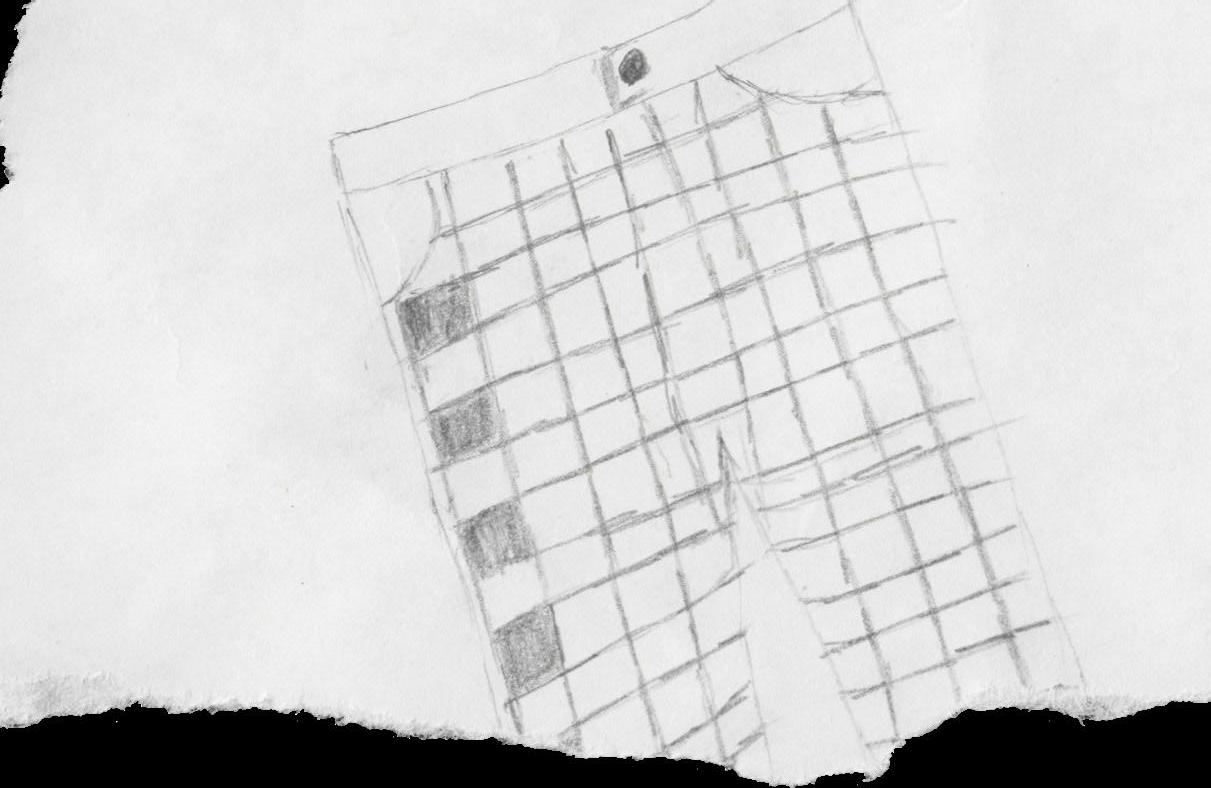
12 minute read
The Fashion Show That Never Happened

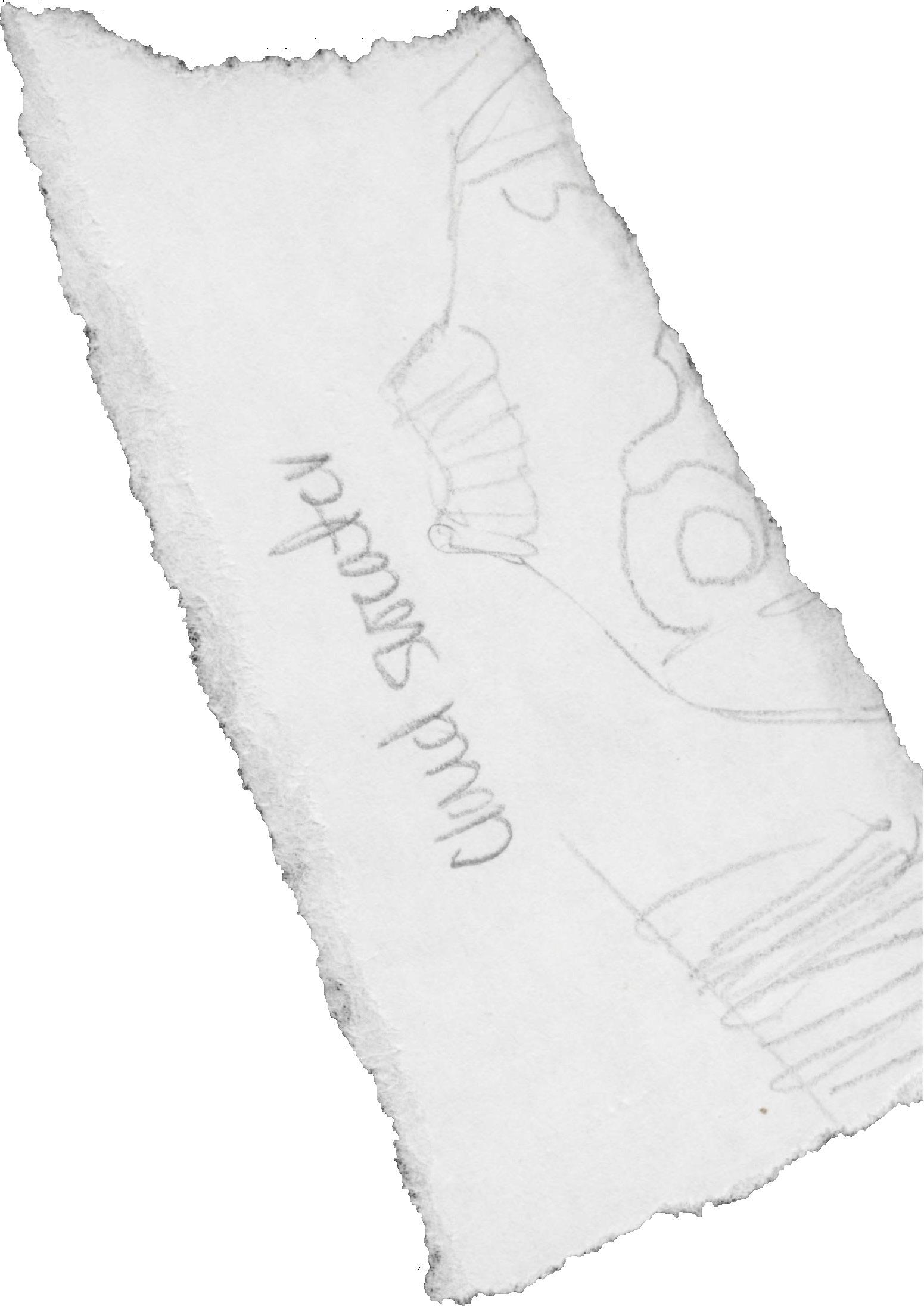
Advertisement
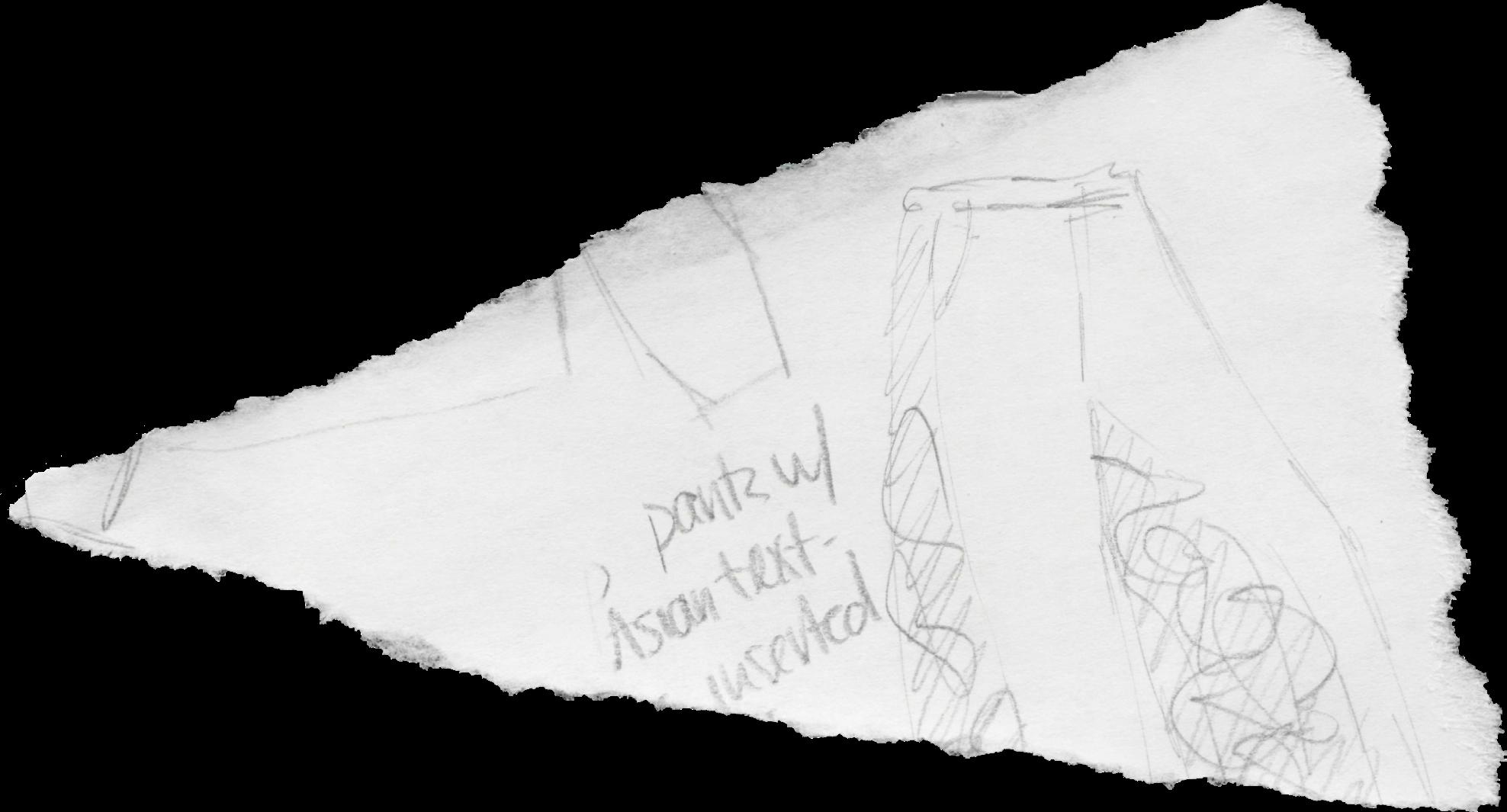
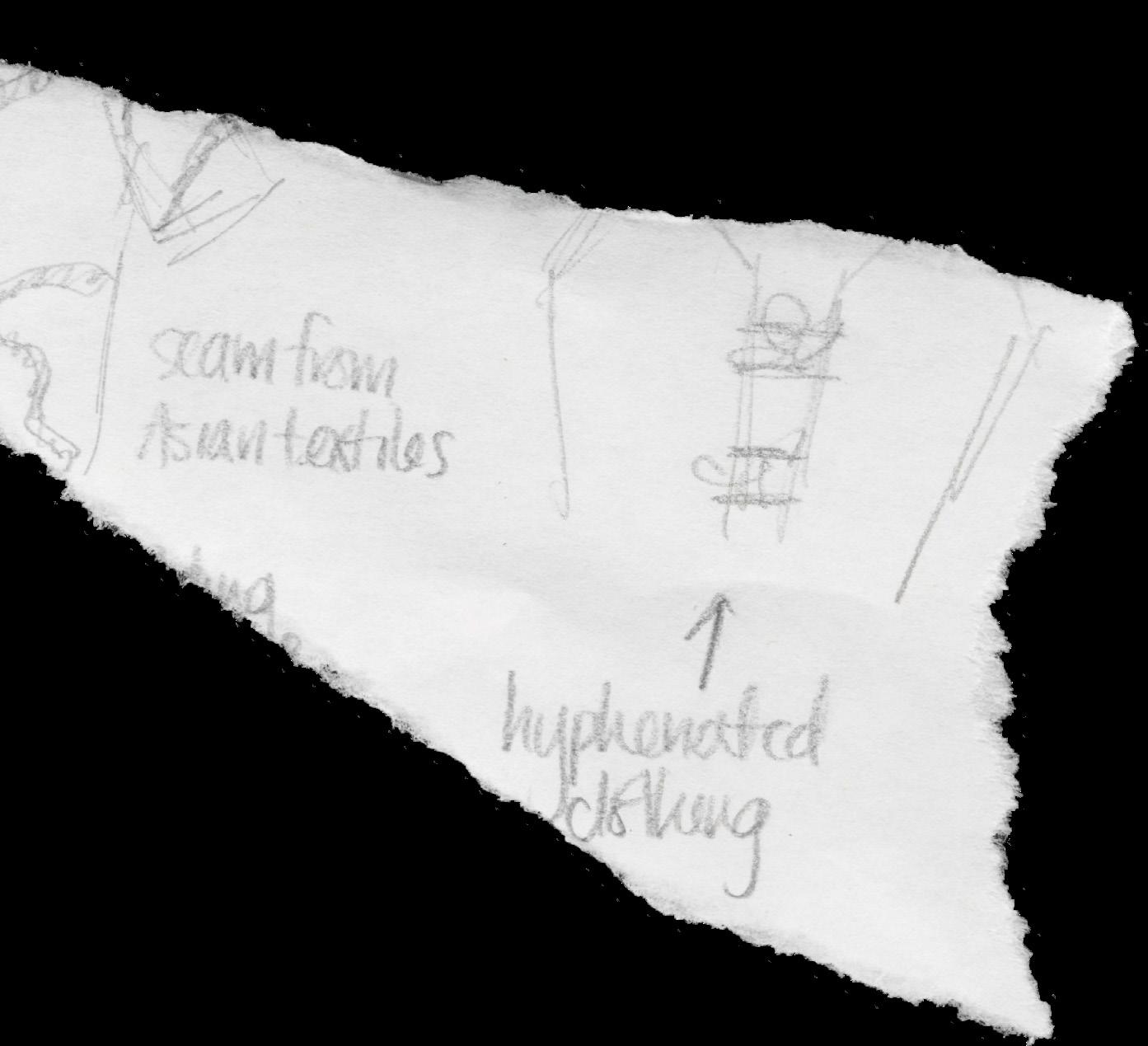
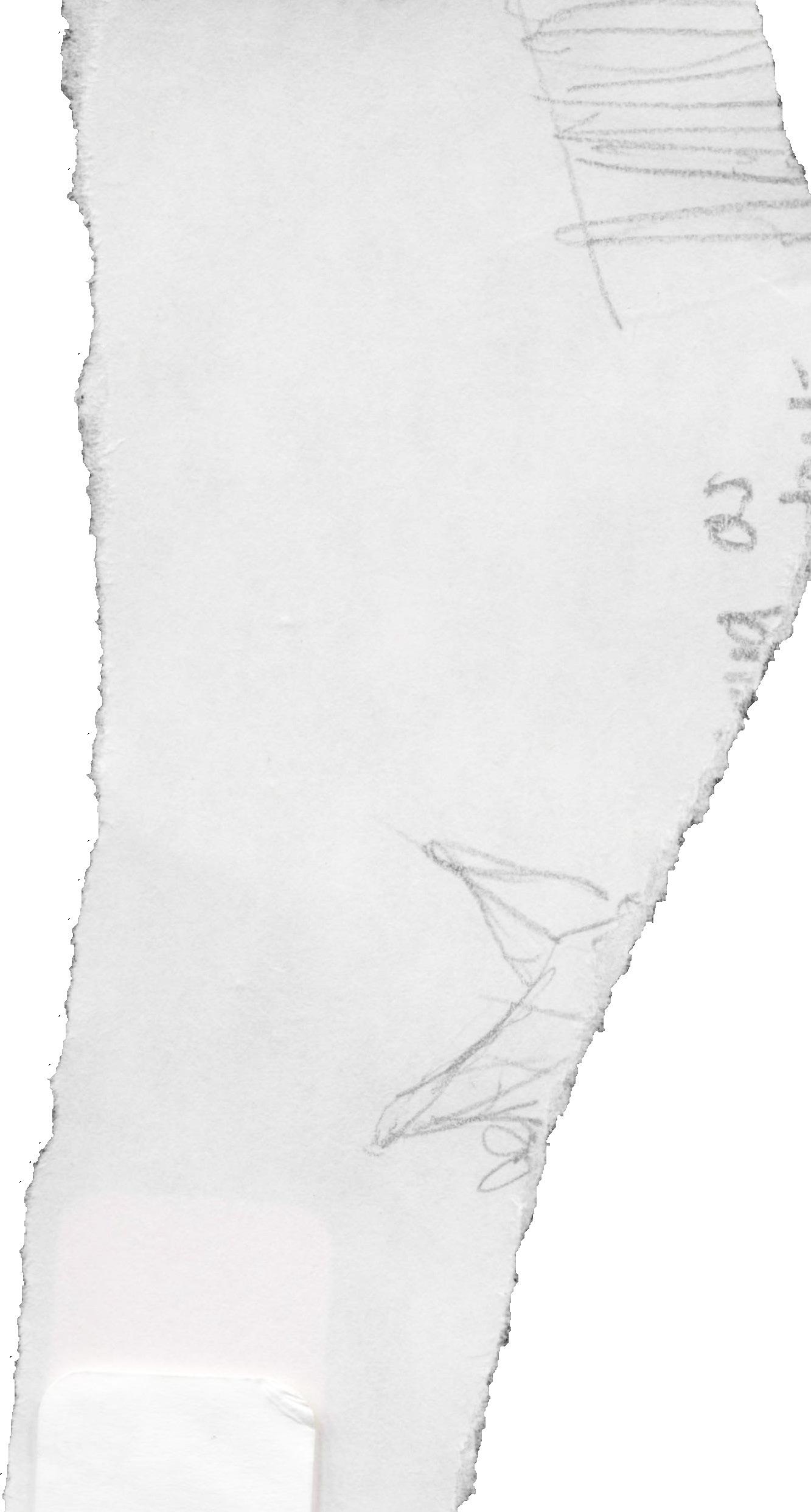
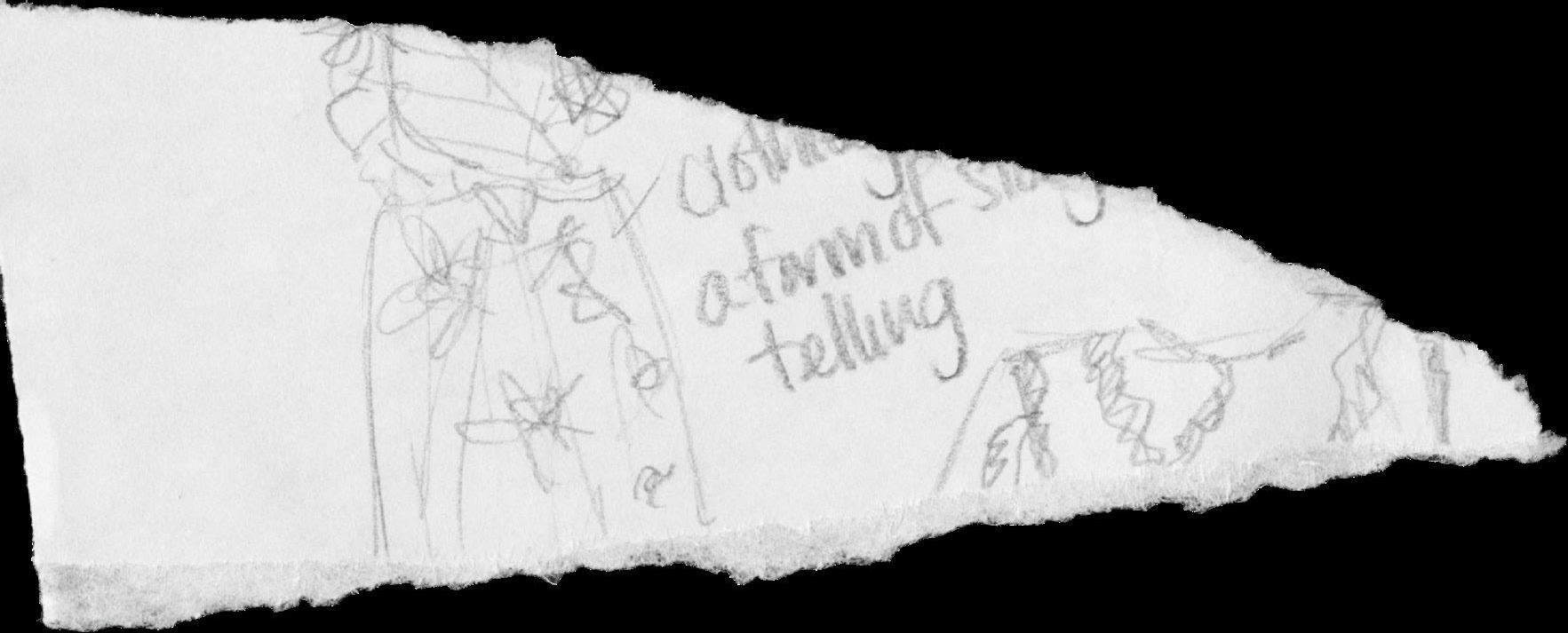
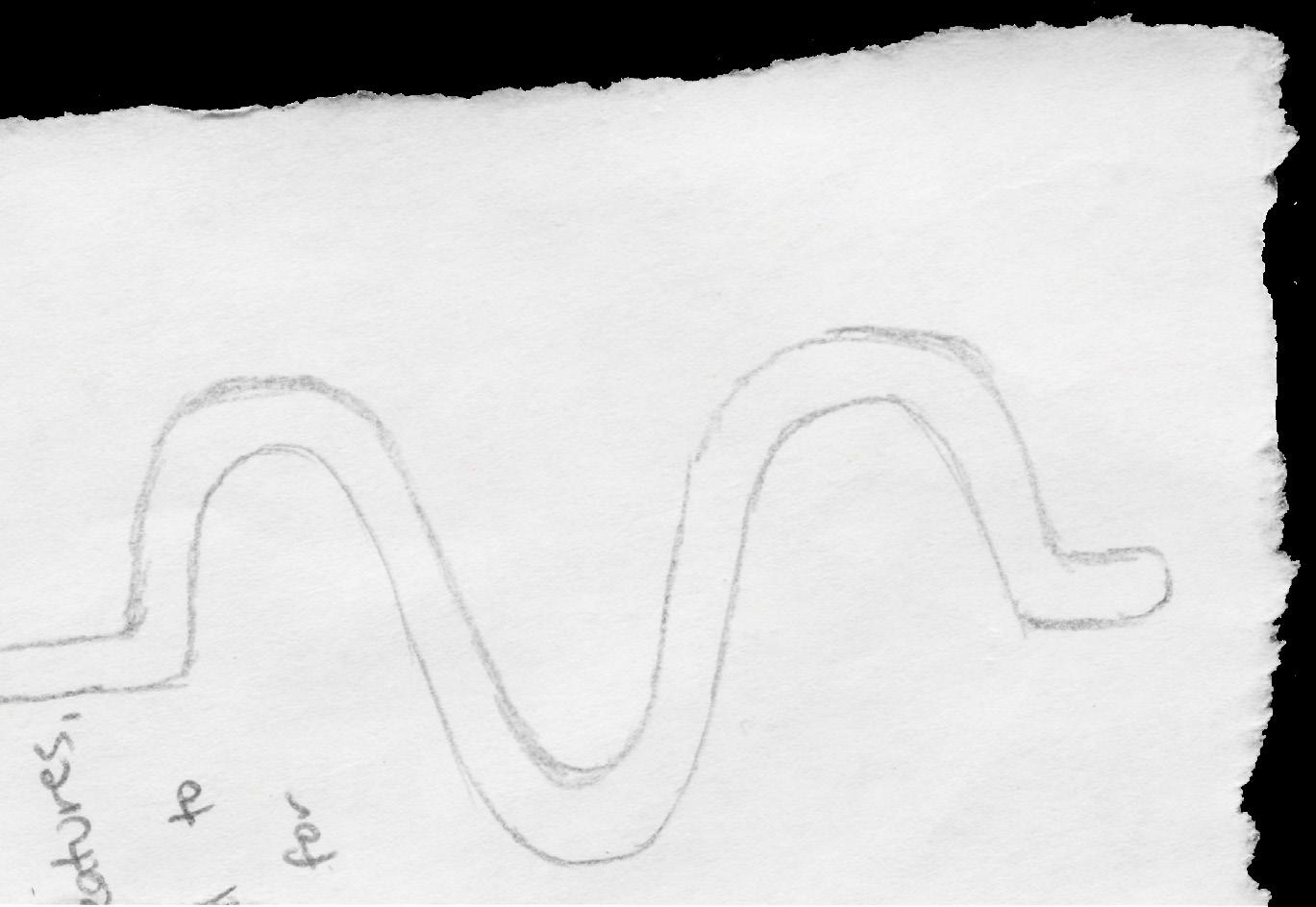
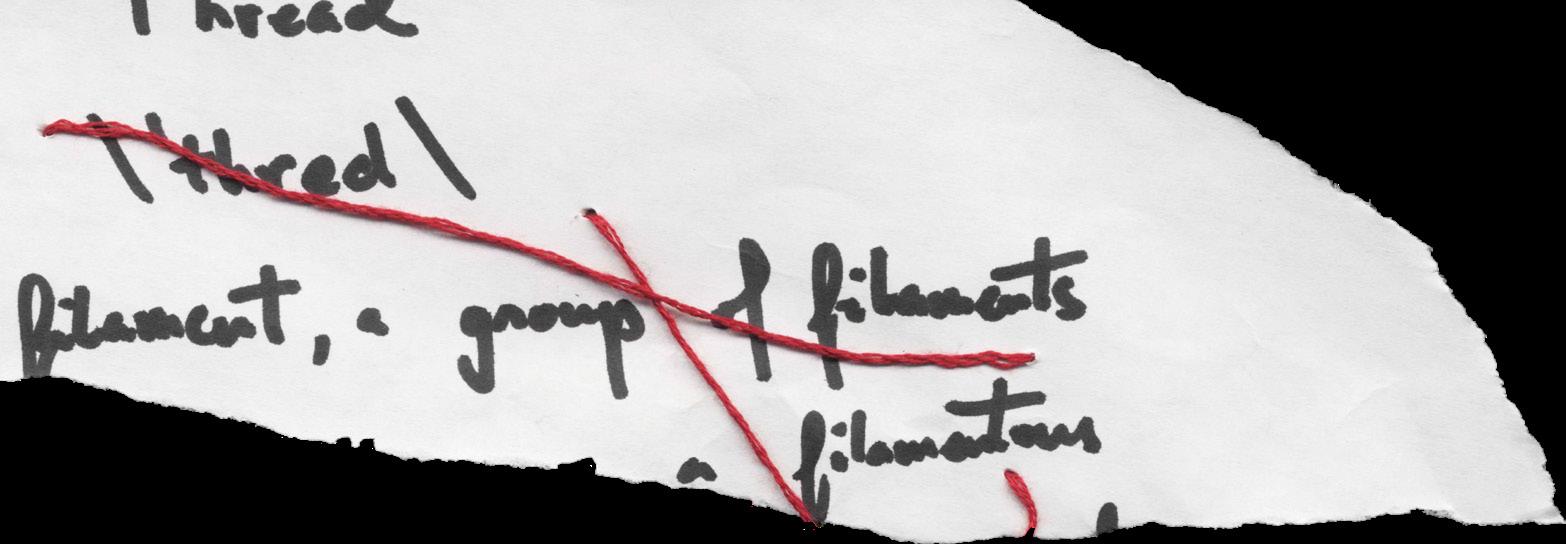


By Gabor Fu Ptacek Edited by Johnson Lin Designed by Lauren Yung Special thanks to Am, Ceci, and Kanako
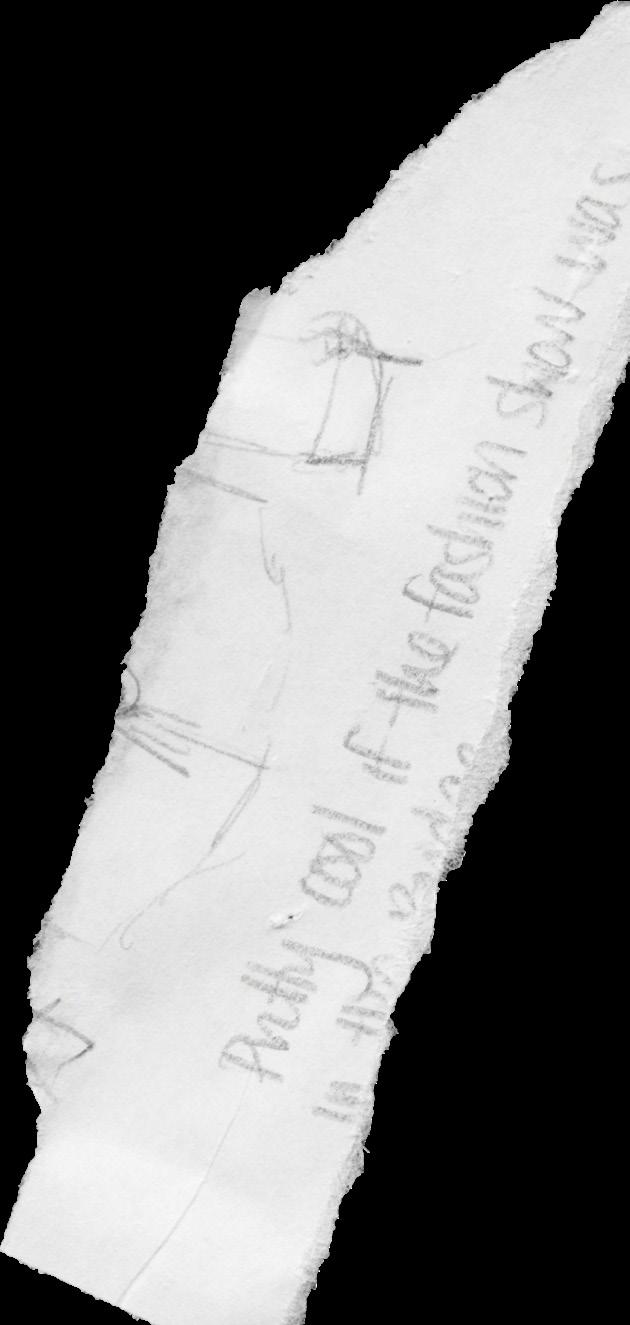


The Asian Students’ Alliance (ASA) 2020 fashion show, titled Thread, was scheduled to take place on March 28th, only seventeen days after it was announced that Vassar’s Spring Semester would continue online until further notice. On that night, students would have walked up to the Villard Room from the Rose Parlor-side entrance and been surprised to find everything but the already-white ceiling to be covered in white butcher’s paper. These students would be handed a set of show notes, asked to take off their shoes (like in many Asian households), and step into the room. They would see lighting set up along the walls and tape on the floor to indicate the path the models would walk. They would sit on the floor— there would have been no chairs in the entire room— and wait while the room slowly filled up. After a short while, a representative of the fashion show point team would walk out and deliver an introduction to the show. After the representative would exit, an anticipation would fill the room before the first model stepped out on the paper. Let’s rewind and talk about everything that led up to that night that never happened. On March 30th, 2019, I helped Johnson Lin host another ASA fashion show in the CCMPR. The event was a smashing success, with more audience members than we had chairs for and outstanding outfits styled (and sewn) by Johnson himself. Only a few weeks later, I was elected ASA president for the 2019-2020 school year (on my birthday!) and I knew that I wanted to host another fashion show. Once finals ended in May, I began thinking about the theme of the show, the way I wanted the team behind the event to be organized, and other important details. I settled on a visual theme that the team helped me breathe life into many months later: black and white outfits with the only color being from Asian elements such as a patch of Asian textile or a character from a language written onto the clothing. Largely inspired by brands such as Needles, Broke City Gold, and Cote Mer, I began to visualize different ideas and excitedly shared them with anyone who would listen.

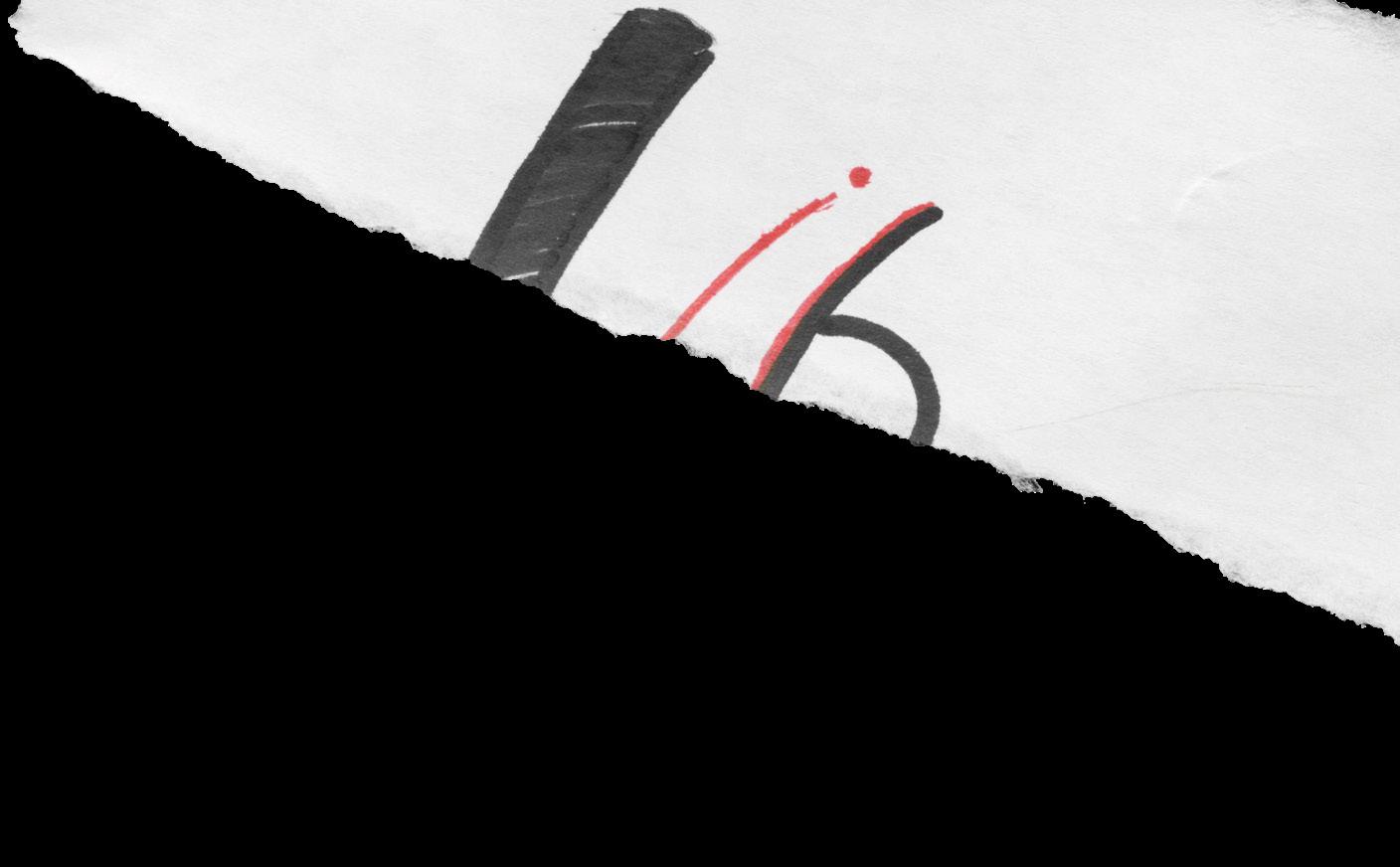
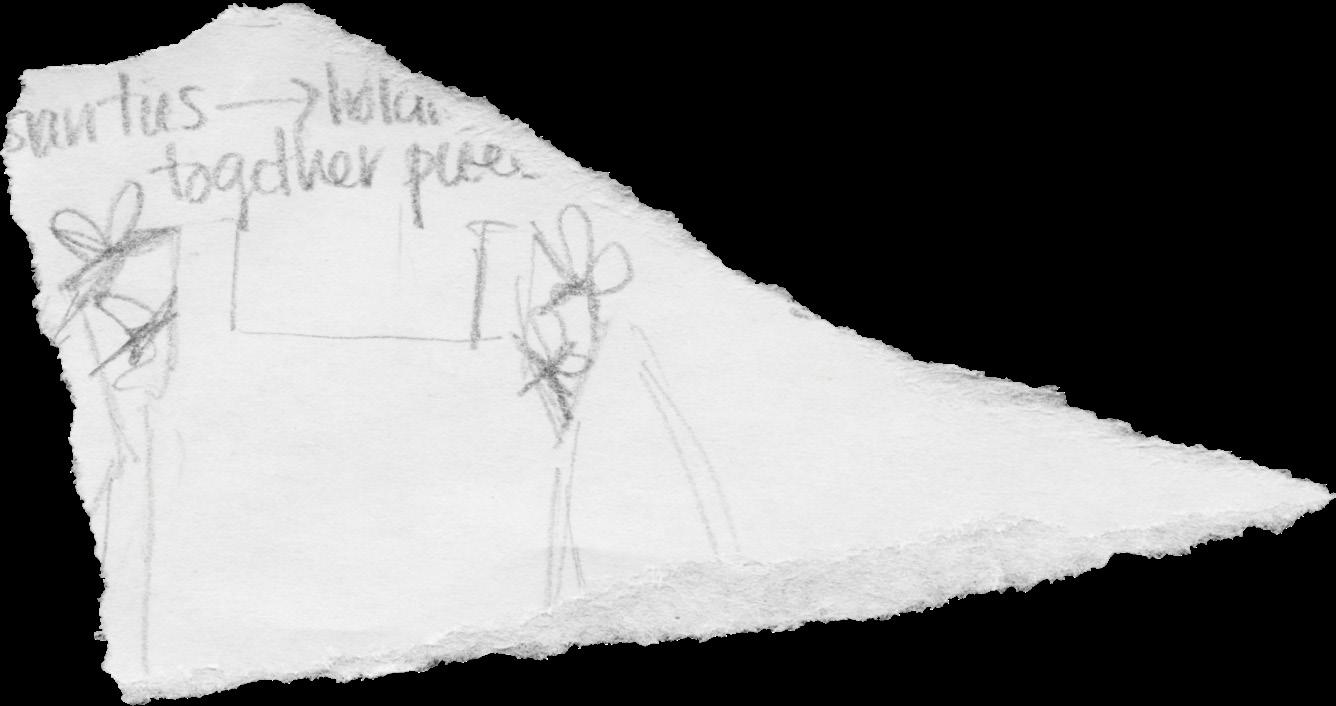
Another important aspect of the show that I wanted was to have a team of people working behind the scenes that shared the workload and the credit for its success. I did not want to be any sort of “lead designer” or “team leader”. I wanted ideas to flow freely and for any member to feel comfortable sharing their ideas or critiques. I also wanted anyone to be able to participate, and by 2020 the team had grown to nine wonderful human beings, all of whom I deeply appreciate for doing everything they could to help make this event a reality. To Angelica, Ceci, Formosa, Griffin, Kanako, Lauren, Jenn, and Evelyn: thank you, and I’m sorry that so much of our hard work ended up being for nothing. The behind-the-scenes work for any event is unglamorous and tedious, but it is always that time spent worrying about every last detail that can make or break something as hectic and scattered as a fashion show. I regularly would lay in bed, unable to sleep, thinking about the show. I would think about photoshoots, makeup, the actual event, whether we should do a speech, making sure the models and point team had time to eat throughout the day, how many volunteers we would need for the butchers paper, whether we would be able to get the show notes drawn and written in time, and whether we’d be able to make a video about the show afterwards. If I was alone with my thoughts, I was thinking about the fashion show. It was the single most important creative outlet I have ever had in my life. I have always been a STEM oriented kid, and I’ve often struggled to find an outlet for any artistic or creative ideas I had that I enjoyed or found fulfilling. The more time passes since the intended date of the show, the more I realize that the fashion show was (and still is) a vitally important part of my development as a human being. It taught me important lessons about working with a team, and taught me a lot about myself. As I look through the shared drive we had to organize and plan the event, I feel weighed down by an overwhelming amount of sadness. So much work, from so many people, was put into this idea. There were many meetings, in the Deece or in Main, and I had an
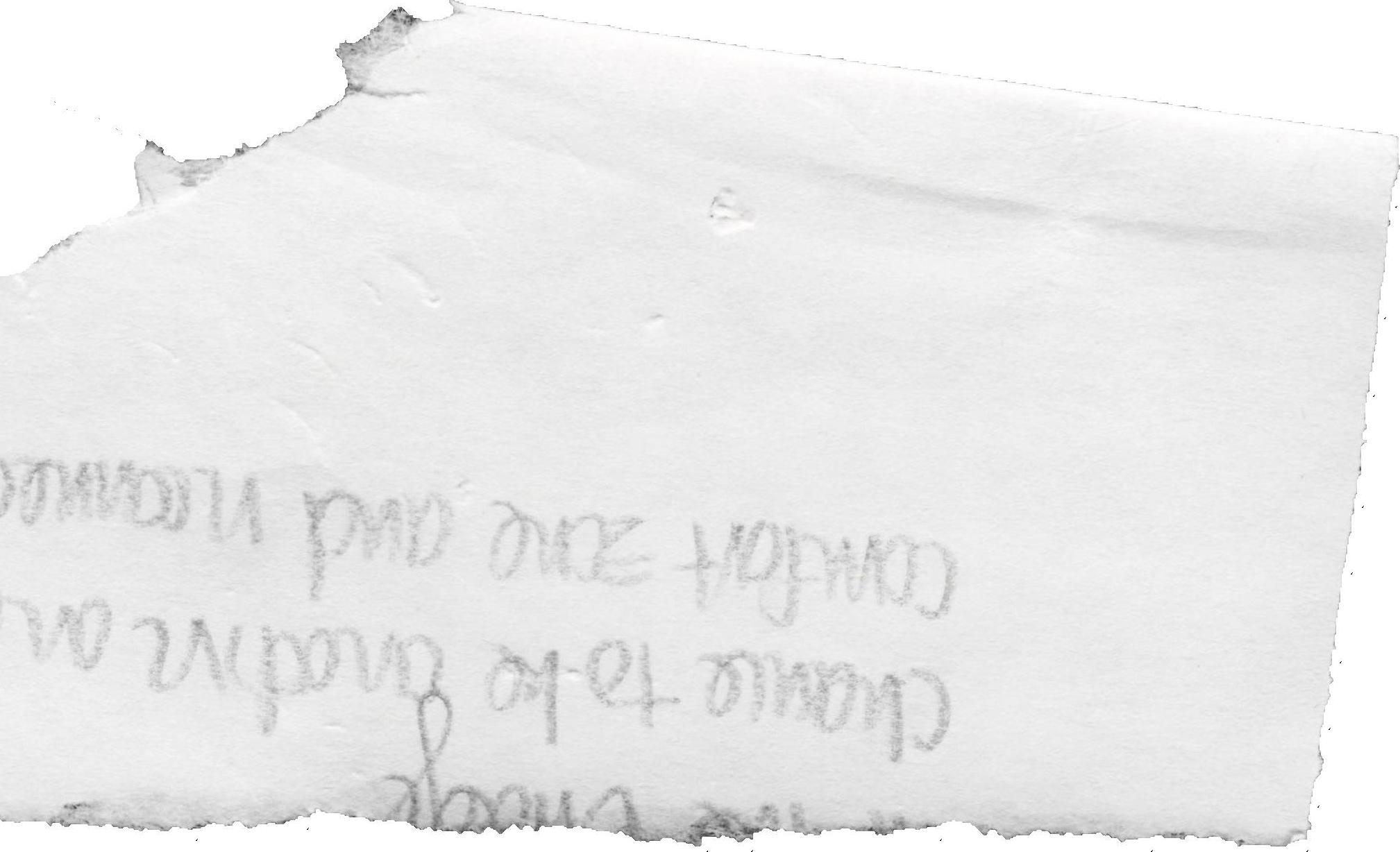

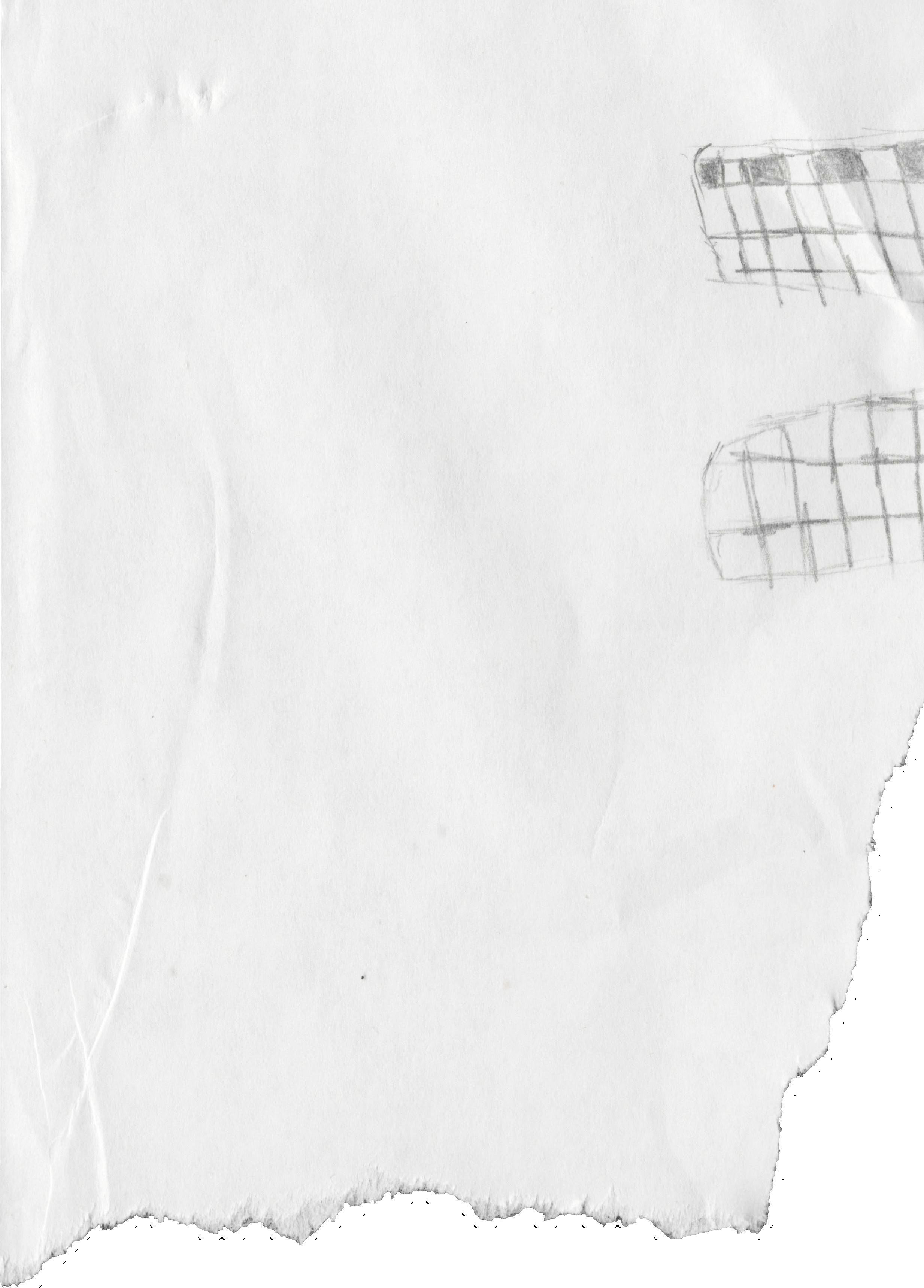
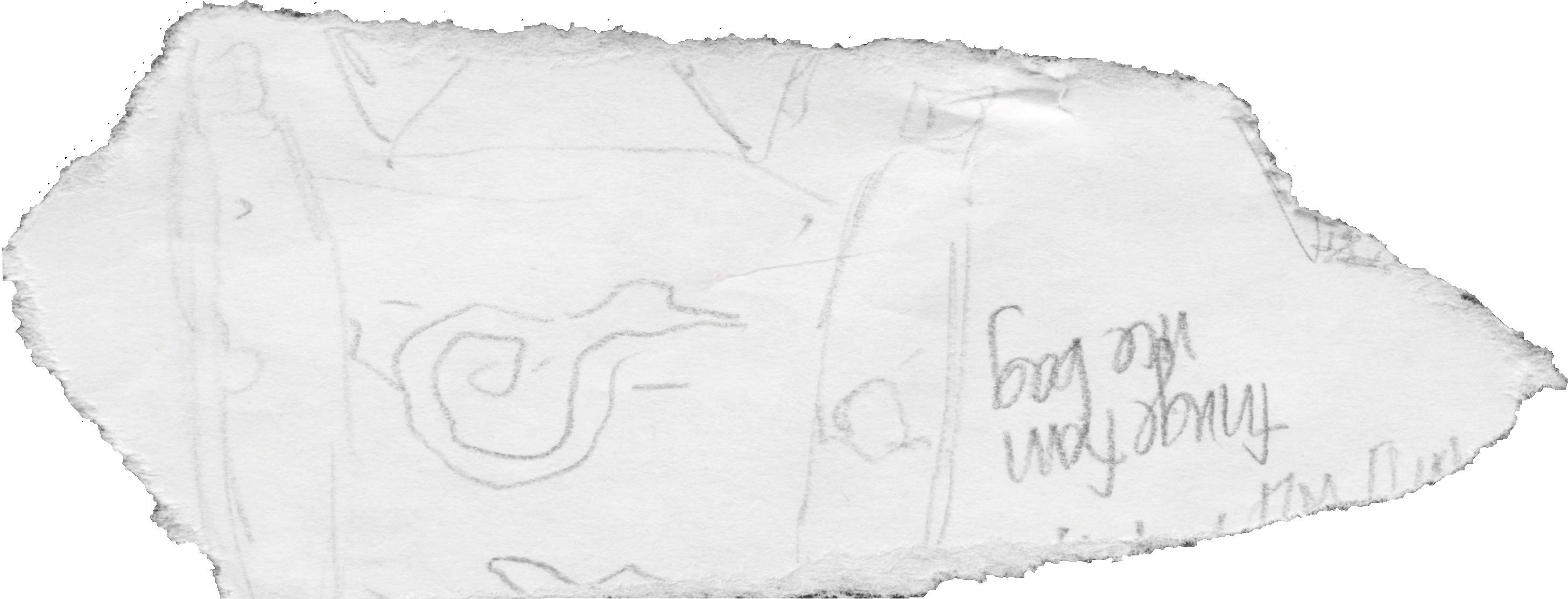
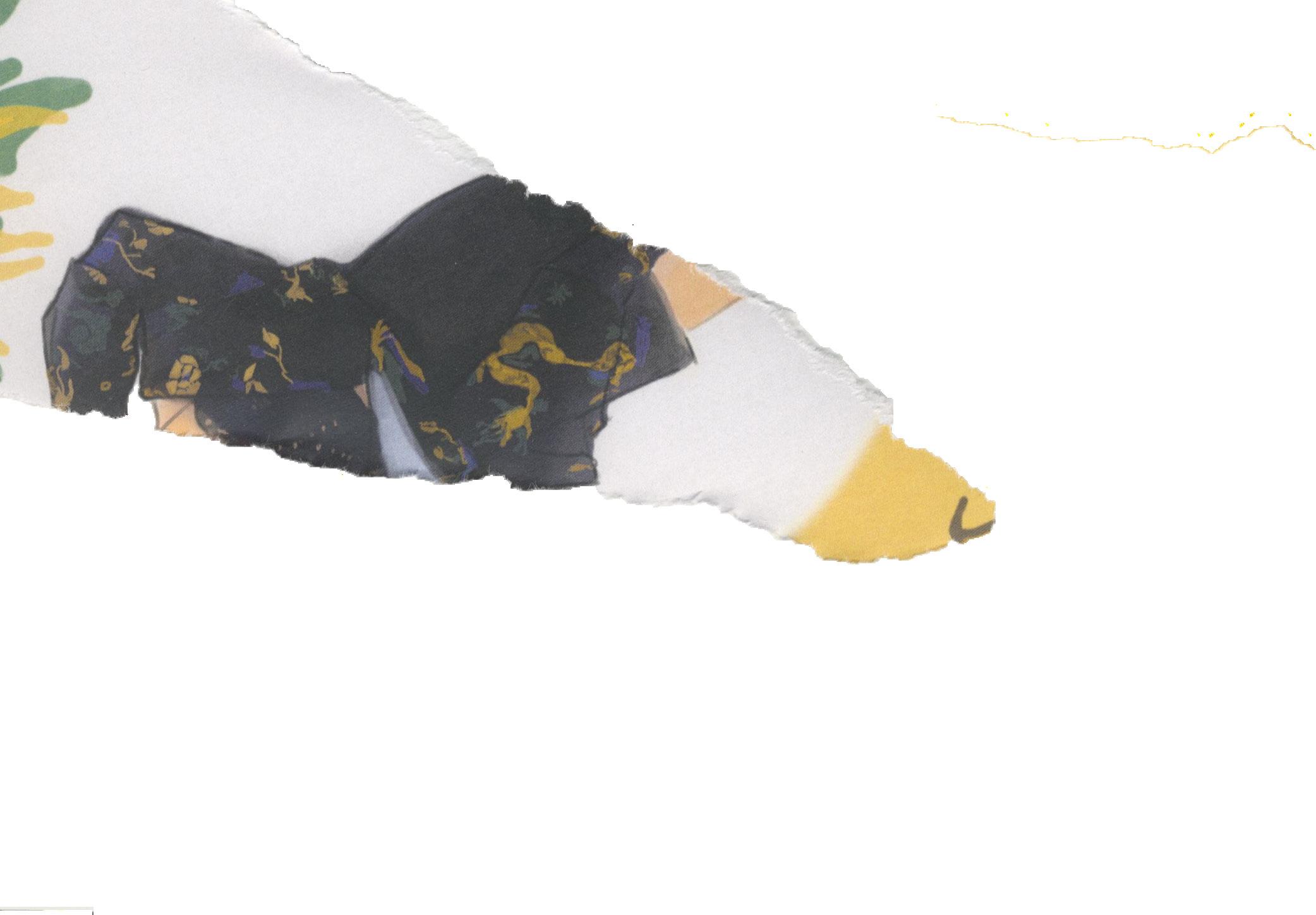

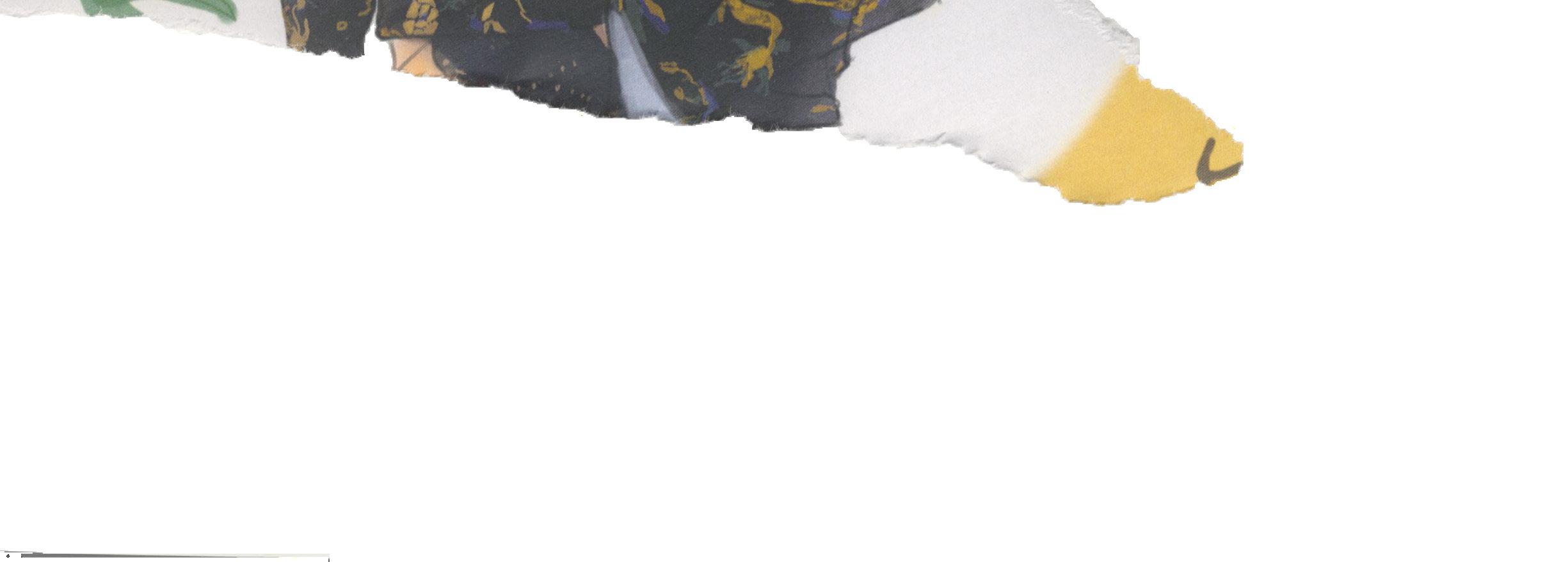
uncountable number of excited outbursts at ideas put forth from the team. All of their hard work deserves to be seen, but any attempt at recreating our plans would only be a shallow and hollow fragment of the greater vision. For a long time, I didn’t allow myself to truly come to terms with how crushed I was by the show being cancelled. I’d respond to reassuring texts from my friends with my go to line: “such is life.” I told myself that I should just be thankful for the fact that I had a home to live in, food to eat, and that I wasn’t sick. I told myself that people across the world were fighting for their lives against the pandemic and that this project was a small loss relative to so many others. While I still believe these things in part, the weight of all the things going on in the world during this time did eventually get to me and I finally did allow myself to express my emotions after many months of keeping them bottled up. I screamed and cried and yelled. I curled into a ball and took the time to mourn the loss of a project that had given me an enormous amount of joy across the span of a year. I took time to recognize that I wasn’t the only person who had put in hours and hours into the show, from the rest of the point team to all 25 models who were supposed to walk in the show to the people who volunteered to help with makeup to the rest of my ASA executive board, everyone had been committed to making a dream of mine—a dream of ours—a reality. This experience helped me understand that being able to be in touch with the full spectrum of emotions is that much more important because of COVID-19, social distancing, and the weight these have on our mental health. This semester, I was certainly tempted to host an altered version of the show to try and preserve some version of our ideas, but to even host a photoshoot to replace the show in current events would likely be an unwise and unsafe choice. Makeup would not be able to be applied by the volunteers, clothing would not be able to be shared (many of the outfits involved clothing shared by our stylists), and trying to organize all of this without more than 10 people being in the space together, all spaced 6 feet apart, sounds like a nightmare. I’m largely resigned to the fact that all of this hard work likely only gets to be expressed as this small article and perhaps some accompanying images, and I honestly still don’t know how okay with that I am. I have been obsessed with fashion since sophomore year of high school, starting as a sneakerhead and moving into streetwear before eventually trying other styles. People talk to me about fashion all the time nowadays. I find that even people not particularly interested in fashion still ask about certain pieces or how I would currently define my style and that those conversations often are the highlights of my day. I just know that I love trying on, seeing, and touching cool and pretty clothes. I love the way I feel when I put on an awesome outfit, and I love being able to share that with people either by styling them or giving them advice on pieces to cop. I have watched countless runway shows from designers I look up to and I had hoped that this would be my chance to pay homage to them as well. It’ll take more time for me to grapple with my feelings to come to a real conclusion about that, and honestly that’s just life. Sometimes your work doesn’t get any recognition and goes up in a puff of smoke. The least I can say is that I am still grateful for all the support I received on my dream and that I associate many good memories with the organization of the fashion show. What follows are the show notes written as a collaborative effort by the point team of the show. The themes we wrote about are even more relevant now, in a country that has seen a frightening rise in the number of cases of anti-Asian violence and racism. I hope our country can grow more connected and do a better job of supporting not only Asian American voices, but the voices of all those marginalized and mistreated. Thanks for reading.

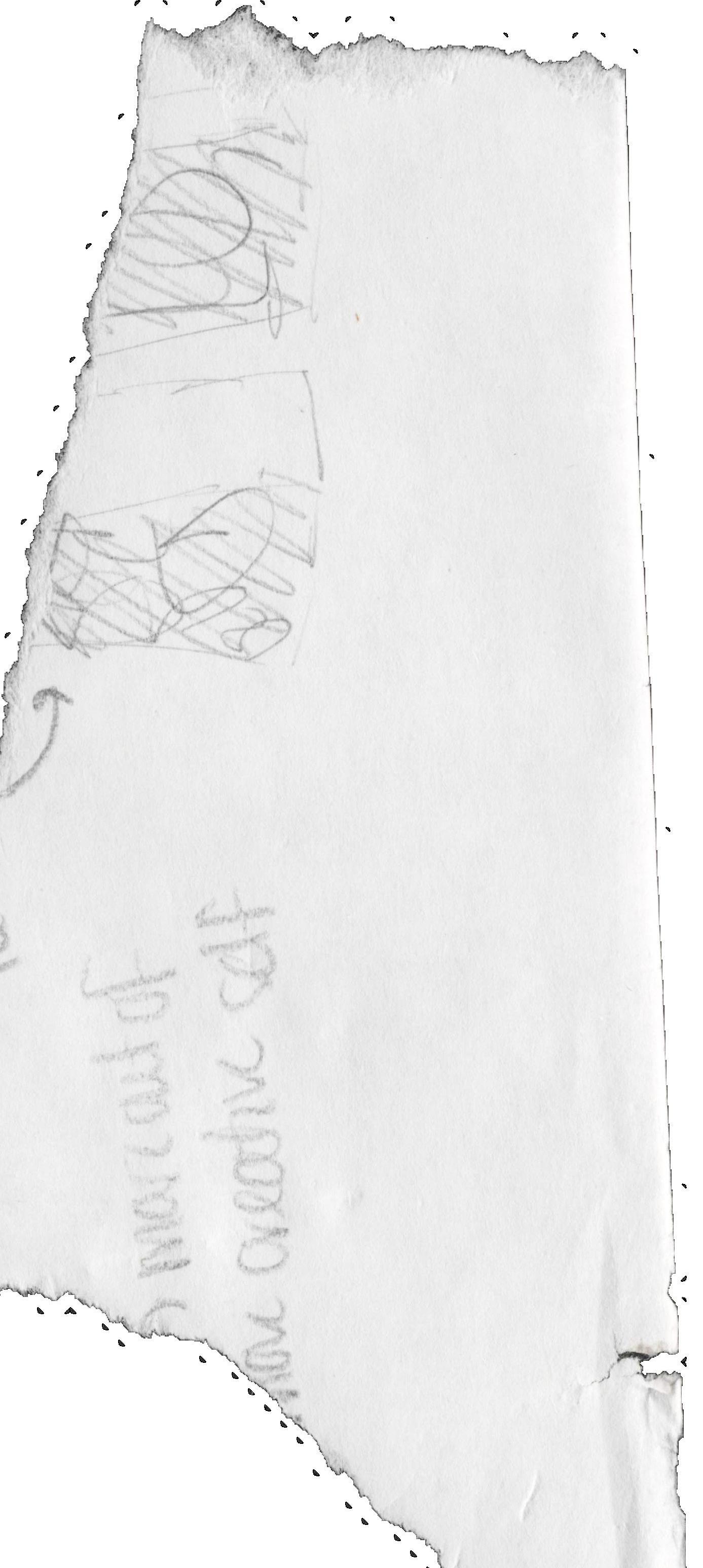
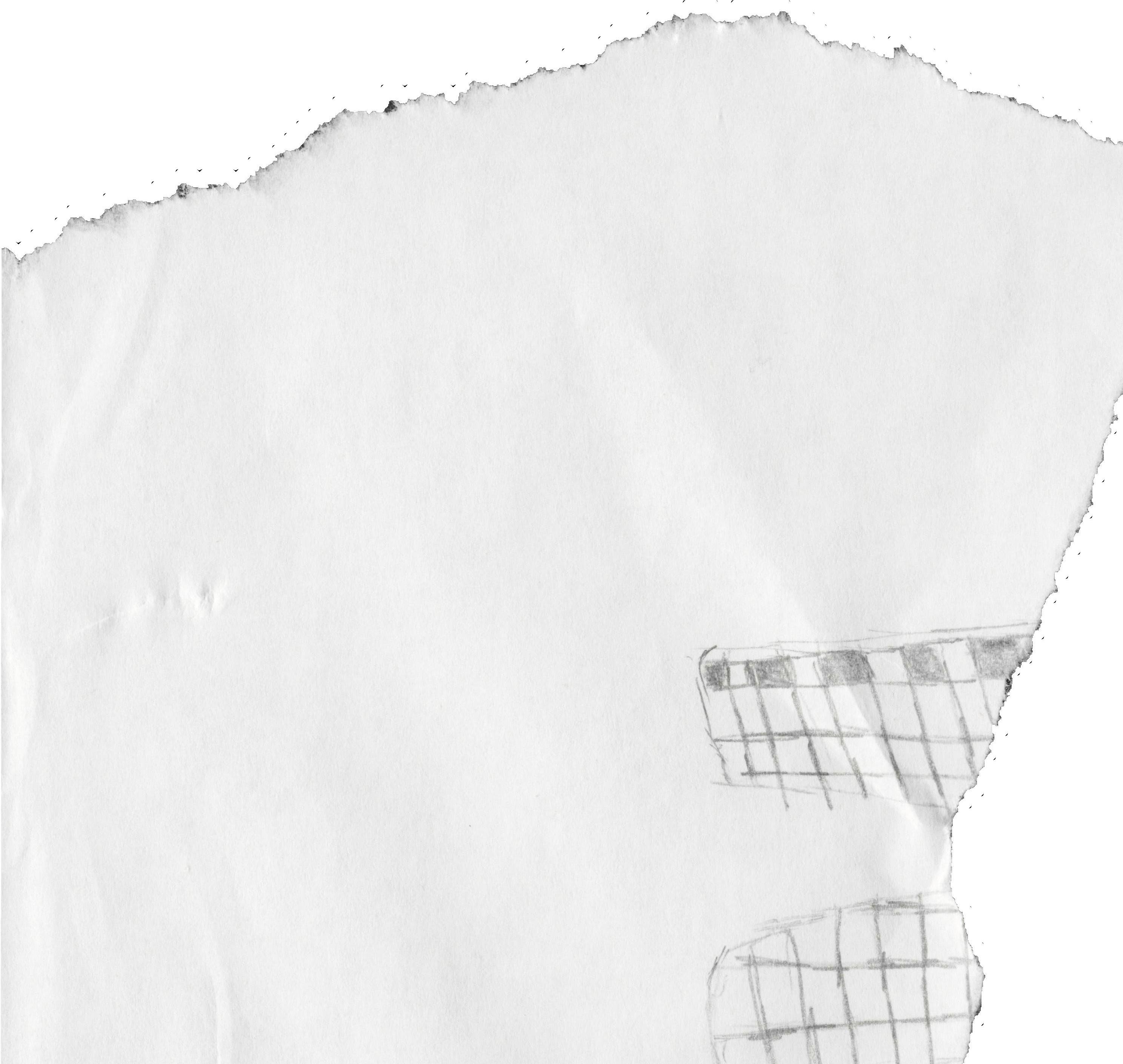

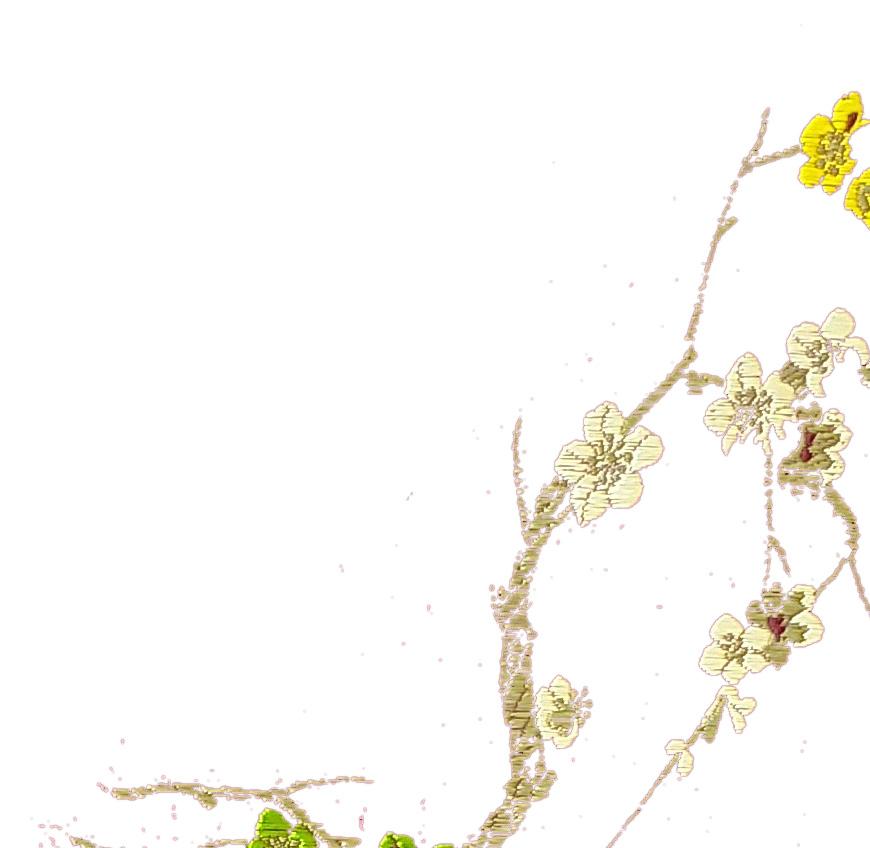
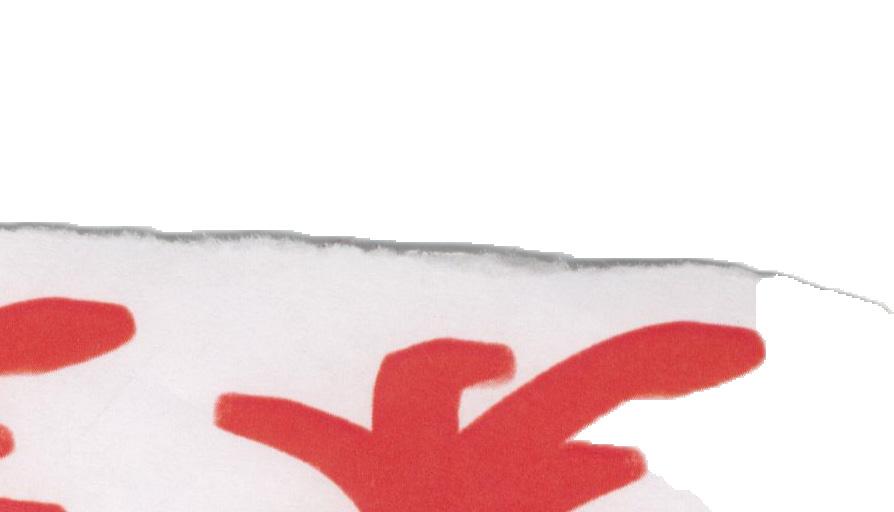
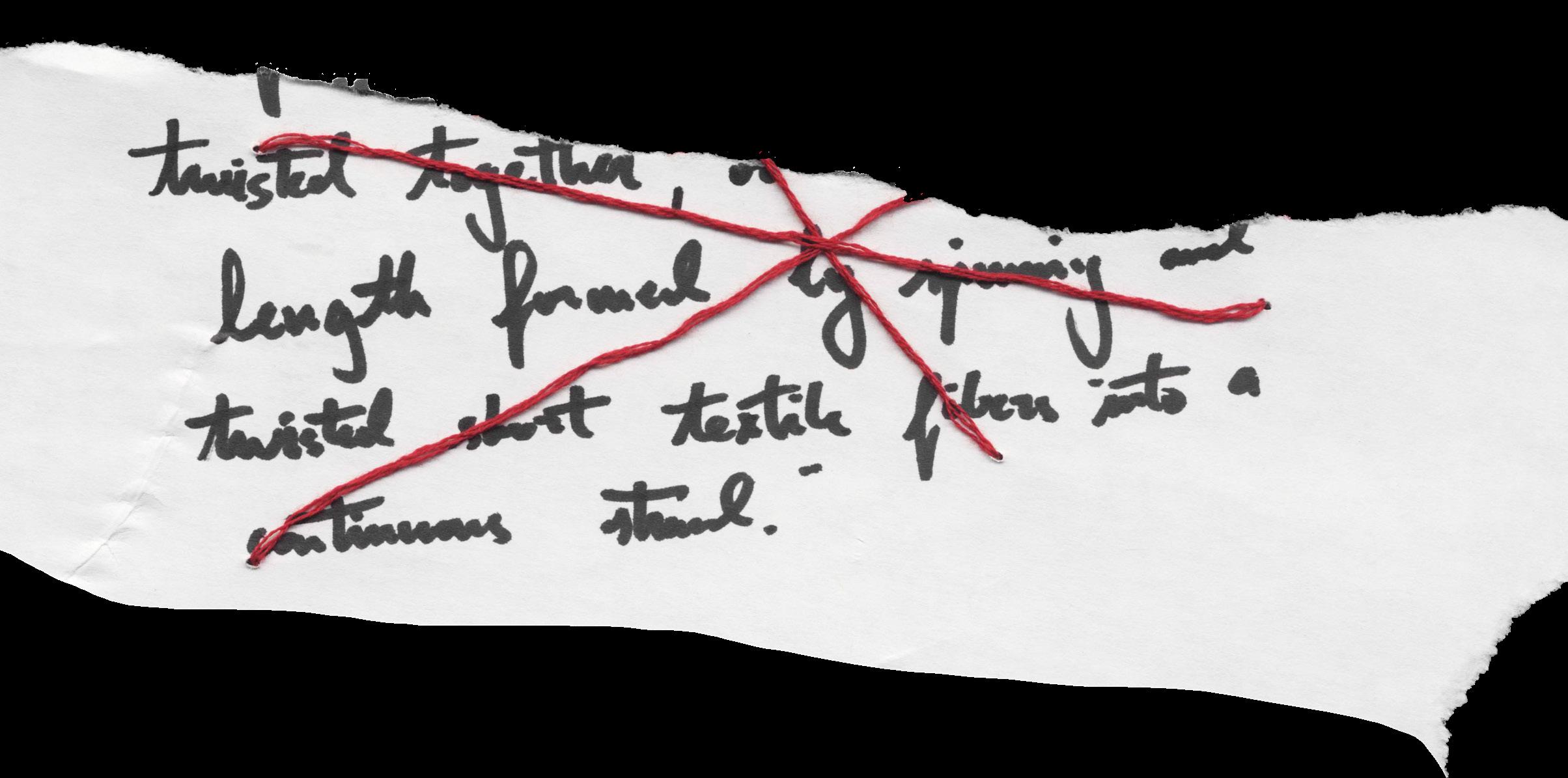
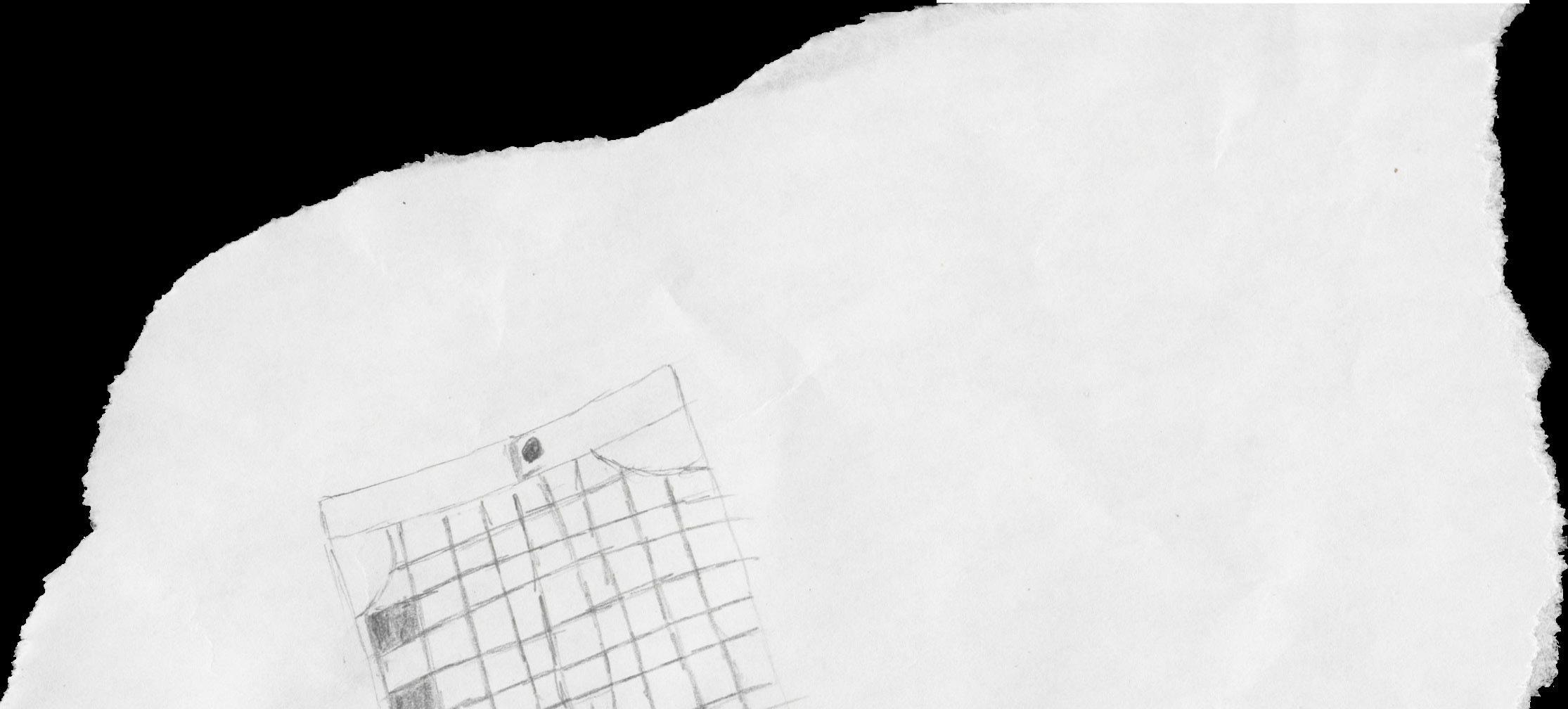

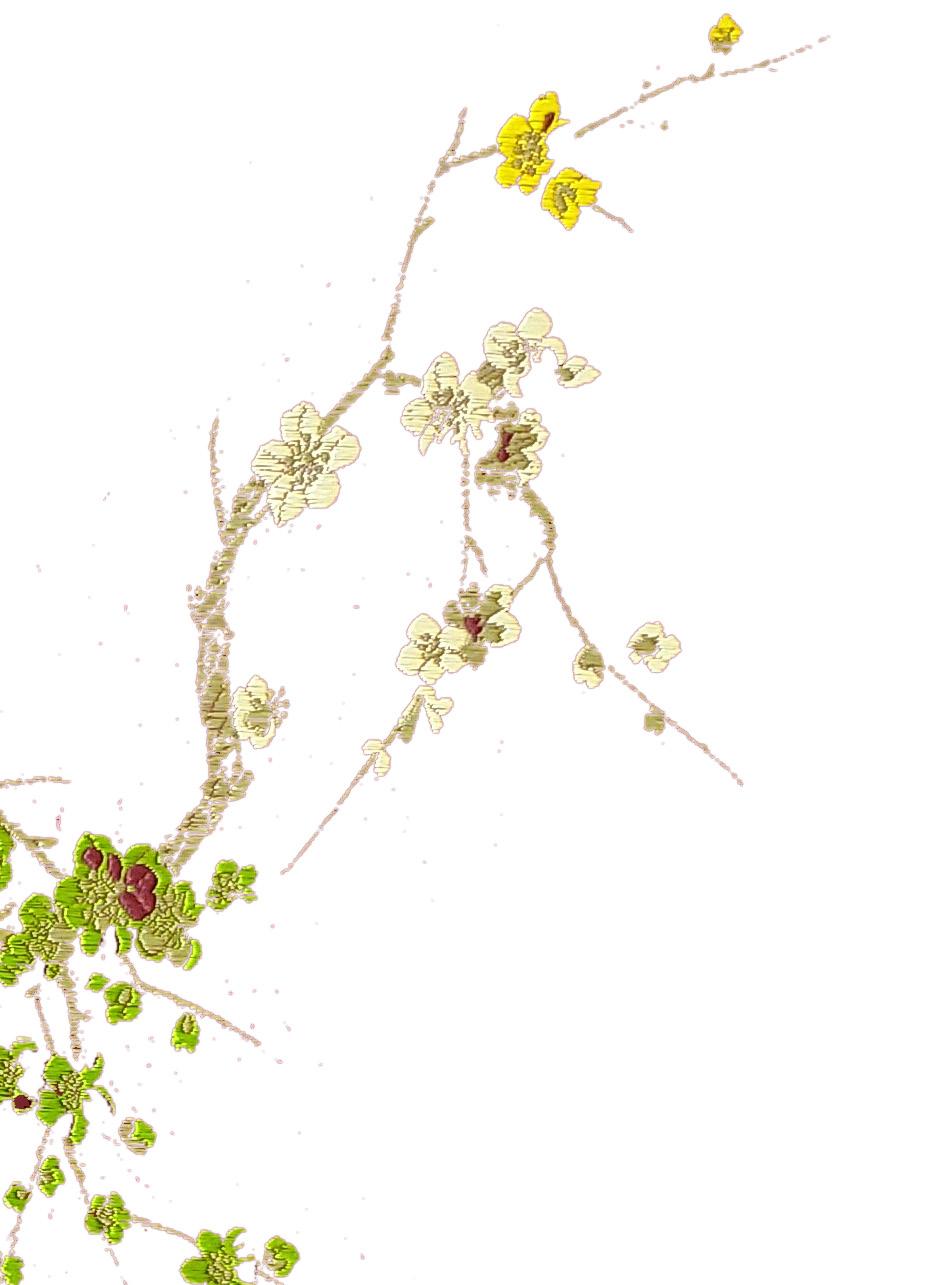
Thread \ ˈthred \ Noun “a filament, a group of filaments twisted together, or a filamentous length formed by spinning and twisting short textile fibers into a continuous strand.”
A thread is a vital piece of every garment that holds together all other elements. Numerous, distinctive identities came together to form America and numerous, distinctive Asian countries came together to create this show. This show’s visual theme is black and white outfits with colorful accents from Asian cultures. Whether it be fabrics sewn onto garments, 3D printed accessories, or simply colorful pieces from Asian cultures, each outfit has these elements. Similar to how Asian people are but one of many groups necessary to the existence of America, these elements are a required part of each outfit. Gary Okihiro once wrote “Asians… did not come to conquer and colonize America; Americans went to conquer and colonize Asia”.1 It is important to remember that Columbus “discovered” America seeking Asia, and that America later colonized the Philippines. America’s existence today is predicated on the existence of Asia, and Asian people have since remained a vital group in America. From building the transcontinental railroad to Asian American workers on Hawaiian plantations to the cohort of Asian American small business owners across the country, it is impossible to deny how influential Asian people have been in America. It is also impossible to deny America’s many failings to the Asian people— Japanese internment, the Chinese Exclusion Act, the millions of tons of bombs dropped on Southeast Asia, and the murder of Vincent Chin, just to name a few. We want to recognize that while Columbus landed in America to seek Asia, it was the indigenous people who endured the atrocities of the colonization. We also want to acknowledge that similar to America, this show is not as diverse or holistically representative as it could be. Increased representation from South Asian, Central Asian, and other peoples is an important step to creating a more culturally conscious America. This show is our commentary on the need for Asian bodies in America, while simultaneously attempting to share the experience of being Asian in America with the audience. Taking one’s shoes off is an important part of entering spaces such as homes and temples and the blank room brings the audience out of the Villard Room and off of Vassar’s campus. This room will soon return to its former state, the paper ripped, crumpled, and eventually removed, but for this brief period, we hope you appreciate the time, energy, and hard work spent preparing for this event and enjoy joining us on this exploration of what it means to be Asian in America.2
1 Okihiro, Gary Y., and Moon-Ho Jung. Margins and Mainstreams: Asians in American History and Culture. University of Washington Press, 2014. pp. 2 The ripped pages in the background are made of the brainstorming and designs for the fashion show, hand drawn and hand ripped by the show’s team.










